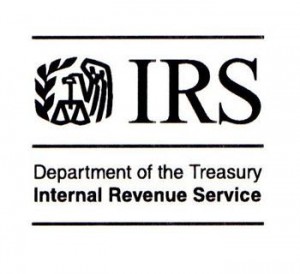 This post was updated on June 26, 2015 to reflect the Supreme Court’s decision in Obergefell v. Hodges, which struck down all state bans on same-sex marriage.
This post was updated on June 26, 2015 to reflect the Supreme Court’s decision in Obergefell v. Hodges, which struck down all state bans on same-sex marriage.
The Treasury Department and the IRS announced on August 29, 2013 that all legal same-sex marriages will be recognized for federal tax purposes. On September 18, 2013, the Department of Labor took the same position for purposes of the Employee Retirement Income Security Act of 1974 (“ERISA“). The announcements and corresponding revenue ruling (Rev. Rul. 2013-17) apply only to marriages legal in the jurisdiction in which performed. They do not apply to civil unions or domestic partnerships. (Of course, parties to a civil union or domestic partnership could still obtain the benefits of the announcement and revenue ruling by getting legally married.) The Treasury and IRS position was later reinforced by the Supreme Court decision in Obergefell v. Hodges, which struck down all state bans on same-sex marriage.
Because employee benefit plans are extensively regulated by federal law, this announcement means that all employers will be required to recognize such marriages for many employee benefits purposes. Conversely, employers in states that treat civil unions or domestic partnerships as if they were marriages will nevertheless be forbidden from treating such arrangements as marriages for certain employee benefits purposes. However, the precise impact will depend on whether the plan is subject to ERISA or whether it is a governmental or church plan exempt from ERISA. The chart below sets forth areas in which the announcement will affect the operation of different types of plans.
Read more.

 The IRS has now issued a series of forms to enable federal, state, and local governments to assess their compliance with federal tax statutes, and has set forth some common errors found in examining such employers. Several of the forms relate to employee benefits issues, and may be of assistance to governments trying to ensure that they comply with all legal requirements.
The IRS has now issued a series of forms to enable federal, state, and local governments to assess their compliance with federal tax statutes, and has set forth some common errors found in examining such employers. Several of the forms relate to employee benefits issues, and may be of assistance to governments trying to ensure that they comply with all legal requirements. Based on both campaign promises and Donald Trump’s plans for his first 100 days, a Trump presidency is likely to make major changes in employee benefits law. The most significant ones are likely to be:
Based on both campaign promises and Donald Trump’s plans for his first 100 days, a Trump presidency is likely to make major changes in employee benefits law. The most significant ones are likely to be: This post was updated on June 26, 2015 to reflect the Supreme Court’s decision in
This post was updated on June 26, 2015 to reflect the Supreme Court’s decision in  Detroit’s bankruptcy has brought to the fore issues faced by participants in underfunded public (governmental) retirement plans. As explained in an article on CNN, “
Detroit’s bankruptcy has brought to the fore issues faced by participants in underfunded public (governmental) retirement plans. As explained in an article on CNN, “